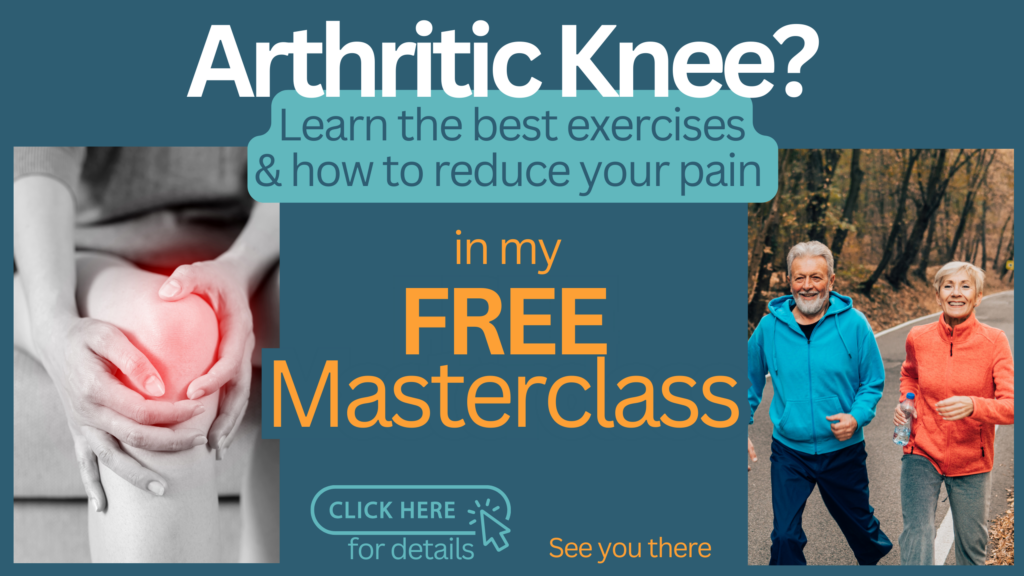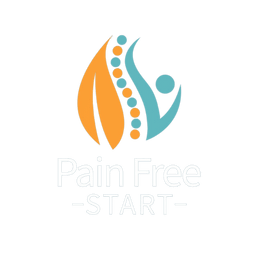Using a walking stick can provide essential support, reduce pain, and improve balance. As a physiotherapist, I see the benefits firsthand with my patients. However, using a stick correctly is crucial to maximise its effectiveness. By the end of this guide, you’ll know exactly how to use a walking stick for walking, navigating stairs, and more.
What Is the Correct Way to Walk with a Stick (or Cane)?
Using One Stick/Cane
- Hold the stick in the hand opposite to your weaker or injured leg. This may feel counterintuitive, but it provides better support.
- Move the stick forward about 30 cm (12 inches).
- Step forward with your weaker leg first.
- Follow with your stronger leg.
- For a more natural gait, move the stick and weaker leg together.
Using Two Sticks/Canes
- Three-Point Gait: Move both sticks forward, then step with your weaker leg, followed by your stronger leg.
- Reciprocal Gait: Move the opposite stick and leg together, mimicking a marching pattern.
Which Leg Goes First When Using a Stick/Cane?
Leading with your weaker leg gives maximum relief and helps maintain a natural walking pattern. However, some people prefer the opposite—listen to your body and adjust as needed.
Common Questions About Using a Walking Stick/Cane
Do You Use a Stick (Cane) on Your Good or Bad Side?
- Always hold the stick in the hand of your good side for better support and weight distribution.
Why Use a Stick (Cane) on the Opposite Side of the Injury?
- It reduces strain on your weaker leg and promotes a balanced gait.
Should Your Arm Be Straight When Using a Stick (Cane)?
- Keep a slight bend in your elbow. Too much bend makes offloading harder, while a completely straight arm can strain your shoulder and elbow.

If pain or injury is limiting your mobility, then I would love to help you. Click to learn more.
How Do You Know If You Need a Stick (Cane)?
Ask yourself these three questions:
- Do I limp less when using a stick?
- Am I in less pain?
- Can I move more easily throughout the day?
If you answer “yes” to any of these, a walking stick may be beneficial.
What Can Be Used Instead of a Stick (Cane)?
- If you need more support, consider using crutches or a walking frame. Learn more in my blog: Would a Stick or Crutch Be Better?
When Should You Stop Using a Stick (Cane)?
- When you consistently forget it or find yourself carrying it rather than using it.
- Many people stop using a stick at home first but still rely on it for long distances or uneven surfaces.
How to Walk Up and Down Stairs with a Stick/Cane
Going Up:
- Use the handrail if available.
- Step up with your stronger leg first.
- Use your stick for support as you lift the weaker leg.
- Bring the stick to the same step.
Coming Down:
- Place your stick on the lower step first for support.
- Step down with your weaker leg.
- Follow with your stronger leg.
This sequence ensures stability and minimises strain.
How to Adjust a Stick (Cane) to the Correct Height
- Stand upright with your arms relaxed.
- Place the stick next to your side, with the tip touching the ground.
- Adjust the handle to align with the crease of your wrist.
Top Tips for Using a Walking Stick (Cane)
✔ Keep the stick close to your body for better balance.
✔ Regularly check the ferrule/tip for wear and replace it when needed.
✔ Practice in a safe environment before using it in public.
What to Consider When Buying a Stick (Cane)
- Type: Standard, foldable, quad, or offset sticks.
- Material: Wood, metal, or carbon fibre—affecting weight and durability.
- Handle: Crook, T-handle, or ergonomic designs for comfort.
- Ferrule/Tip: Non-slip rubber or silicone for better grip.
Struggling with Leg Pain or Injury?
I offer affordable online treatment programs from £59 designed to help you manage pain and recover quickly from home. Whether it’s arthritic knees, back pain, Achilles tendinopathy, or foot pain, I have expert-led programs to get you moving again.
Find out more HERE.
Prefer Video Tutorials?
If you’re a visual learner, check out my video lessons on YouTube: Watch Here
Conclusion
Using a walking stick correctly can improve balance, reduce pain, and support movement. Follow these tips to make the most of your walking aid and regain confidence in your mobility.
By now, you should be a proficient stick user—so get out there and enjoy your newfound freedom!
Take care, Helen
Helen Manders BSc (Hons) MCSP HCPC
Chartered Physiotherapist Since 2001
P.S. Did you know I have a range of FREE Masterclasses to help you become pain-free?
Available Masterclasses – All FREE – Arthritic Knee, Back Pain, Achilles Tendinopathy, Plantar Fascia Pain, Posture Upgrade, Tennis Elbow, Golfers Elbow.




